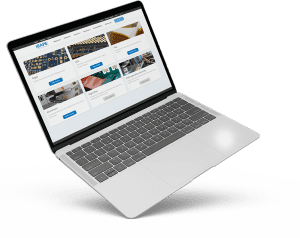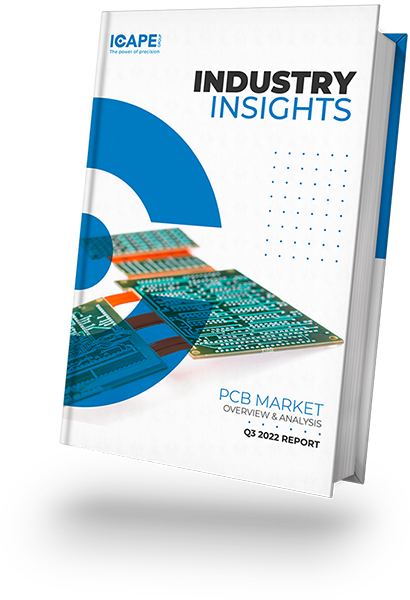Thermal Management Solutions for
High-Performance PCB Design
A PC board produces heat that needs to be controlled. Thermal management are the tools and technologies used to maintain a system within its operating temperature range. This is especially the case in lighting devices, processors, power supplies, adapters, or electric engines that need to produce a lot of torque.
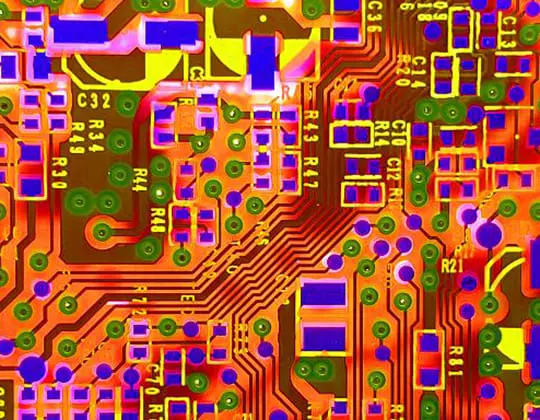
What kind of thermal management solution can we meet on PCB?
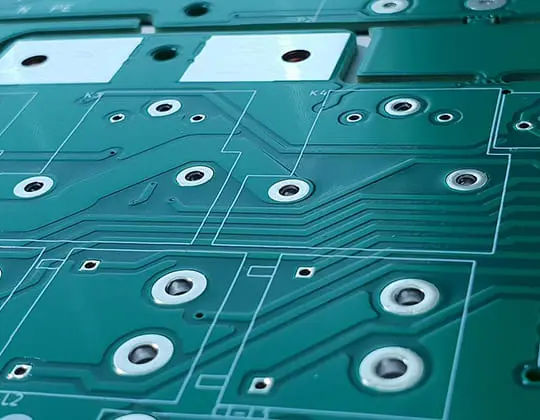
Design
Increasing the gaps between the lines of a PCB can be a good option for controlling heat in the circuit. But the market trend is to reduce the size of the devices, miniaturize the components, the size of the boards, etc. This solution is not often easy to use in the current trend.
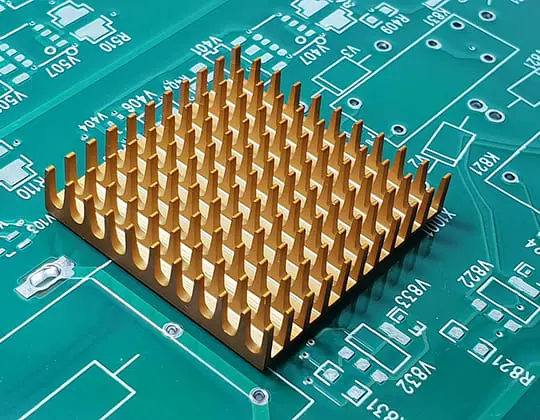
Heatsinks
A heatsink is attached to the board or component and provides high heat dissipation. The metal removes heat from the circuit and gives a larger area of contact with the environment (fins) to transfer heat.
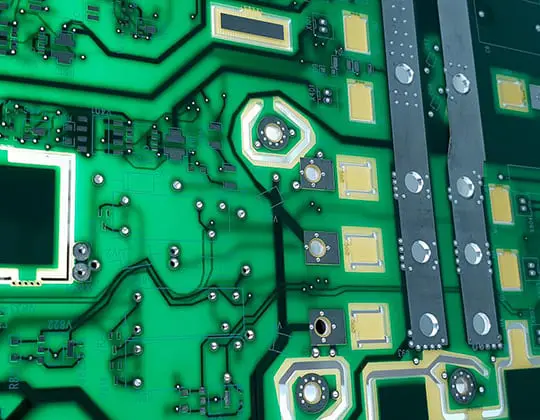
Thermal Vias / Path
Thermal Vias are drilled under the component through the board. Vias, which can be plated and not plated, brings fresh air and evacuates heat. Plated vias are more efficient because copper can accumulate more heat.
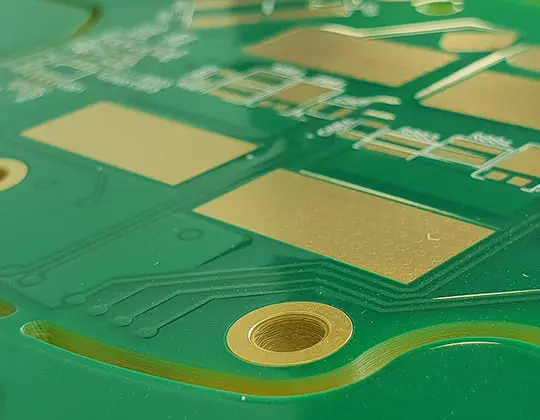
Copper Inlay/Embedded
Copper inlay are large pieces of copper placed inside the vias. This copper mass keeps the temperature down longer because the more mass, the longer it takes to heat. For example, a small pot of water will take less time to boil than a large one. The copper inlay also acts as a radiator and gives more surface contact with the local environment. Copper can also be buried inside the board. This is called embedded copper.
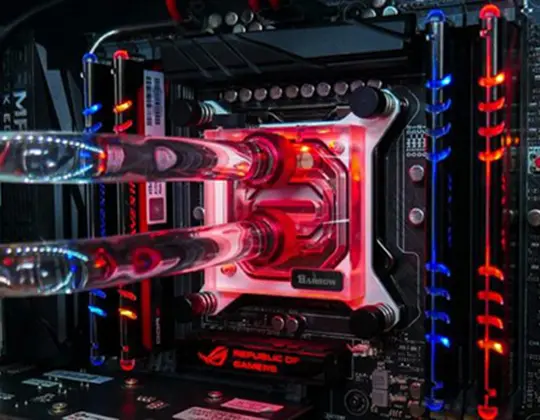
Liquid-Cooled Systems
In some complex systems, such as powerful servers or computers, engineers can use a liquid-cooled circuit that works just like an automotive cooling system. The fluid circulates in a closed circuit, removes heat from the board and is cooled in a radiator in contact with a fan or at room temperature.
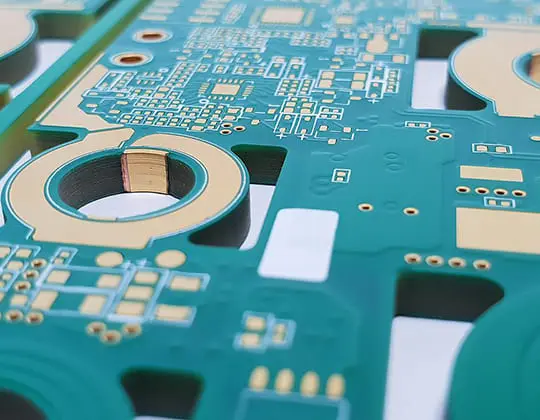
Heavy Copper
Most PCBs are made for low voltage or low power application, but the need for high power devices is growing. Heavy Copper technology is designed to increase current carrying capacity, temperature resistance, reduced products size without the risk of failure. When standard PCBs have traces of copper thickness ranging from ½ oz/ft2 to 3 oz/ft2, Heavy Copper may have traces of up to 20 oz/ft2.
Utilizing Control Coupons for Precise PCB Impedance Control
A control coupon generally corresponds to a printed circuit board measuring around 200 x 30 mm with exactly the same trace structure as the main circuit. It features traces that are designed to be the same width and on the same layer as the controlled traces on the main board. This is the best solution to guarantee a good result. The control coupon avoids any addition of pads or any modification likely to influence the impedance of the printed circuit board. In cases where the thickness of the laminate is specified, the manufacturer must adjust the width of the trace to obtain the impedance value. This coupon will be tested and checked using appropriate test equipment. a good title for this paragraph
Any questions?
There is an ICAPE Group team close to you and your business. All around the world, our business units are staffed with native experts available to answer all your questions. Contact us today!

